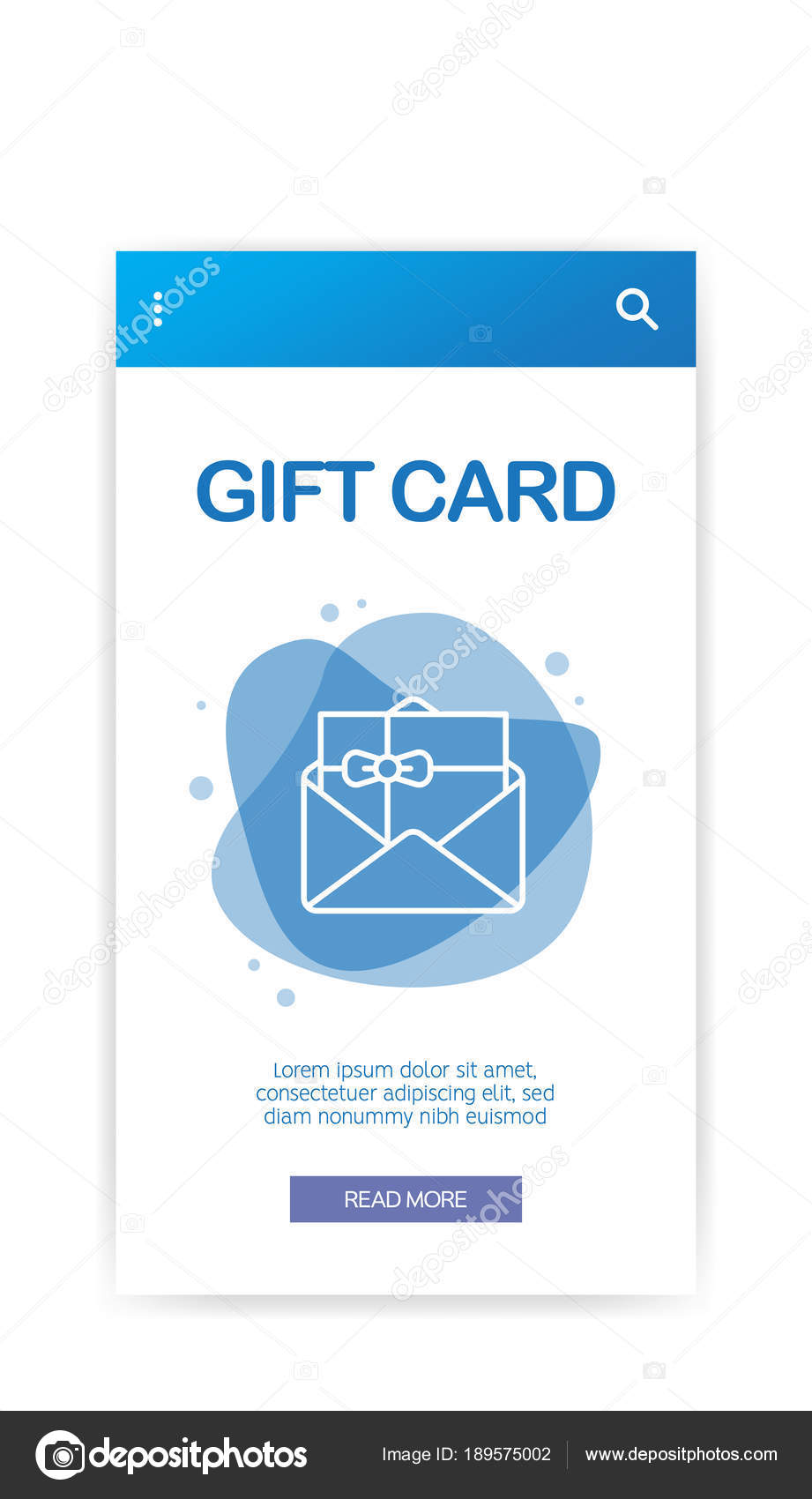Personalized glass honors stimulate a steady spirit of devotion and quality. They cultivate a society of acknowledgment that transcends hierarchical boundaries.
Wheel inscription is displayed on a goblet most likely made in the 1700s covered with detailed Chinese-style motifs. These motifs revealed loyalty to the Jacobite reason. This is an impressive example of how imported Oriental products affected European layout trends.
Origins
As glassmaking ended up being a lot more innovative, engravers became aware that a design added to a piece of glass changed it from practical right into preferable. They experimented with a variety of scraping, abrading and cutting methods.
One of the most knowledgeable engravers produced fine comprehensive work. Anna Roemers Visscher, who was a glass cutter and engraver, was renowned for her delicate flowers, influenced by the nature publications preferred in her time.
Engravers additionally sculpted great linework right into glass. By the end of the 17th century, engravers had actually started to abandon linear clarity in favour of crosshatched chiaroscuro effects. One of the earliest examples is tape-recorded on a jug by a Rotterdam engraver who signed his deal with a doodled flexibility and vigour that lifted it above the rest.
Etching continued to be a prominent method, although it was progressively eclipsed by cut glass and new methods such as etching, which was more affordable than etching. Nevertheless, economic pressures after c1905, together with declining high quality of cut glass, saw an increase in the popularity of engraved glass, known as rock crystal.
Techniques
Glassmakers used a variety of strategies to mark or enhance the surface area of a vessel, usually incorporating various approaches. One method called stipple inscription, as an example, makes use of a factor of tungsten or diamond to make small dots on the glass surface which create contrasting white lines when light shines through them.
Personalized glass honors are valued for their sophistication and reputation. They show the deep esteem and respect that companies hold for their employees and foster a society of quality.
The clarity of glass symbolizes the transparency and honesty of corporate acknowledgment, urging receivers to take stock of their achievements and assess their journey in the organization. Moreover, the capacity of personalized glass to show individualized text and imagery permits the production of extremely distinct and meaningful awards that stimulate the feeling of grandeur associated with this remarkable product.
Designs
From the smooth lines of corporate honors to the engraved text on glass trophies, inscribed crystal is a classy sign of recognition. Whether displayed on someone's workdesk or maintained as a keepsake, these personalized items communicate a sense of prestige and professionalism that is hard to discover in other products.
The design of engraved glass has transformed in time to reflect transforming preferences and technological breakthroughs. The old method of copper-wheel engraving has actually defied forecasts of obsolescence, and brand-new techniques like etching are taking control of where stippling when held sway.
The earliest diamond-point engraving, of the 16th century, is tight and official. It gradually came to be a lot more supple and pleasing, yet might quickly degenerate right into over-elaboration. In the 19th century Thomas Webb & Sons introduced "rock crystal" with deep cutting and copper-wheel inscription, which mimicked luxury vessels cut of rock crystal in Europe and the Orient (see Ewer by Webb & Sons). The company's primary engravers were Bohemian immigrants Frederick Engelbert Kny and William Fritsche, that authorized their work with a monogrammed G.
Significance
Engraved glass was pricey and demanded. This was because it included the most requiring glass refining method and relied on the accuracy and effort of a knowledgeable artisan. The highest point of inscribing was available in the 17th century and was very much a part of the Baroque and Rococo durations.
During this time around, engraved cups could be used to connect messages of social status. They would certainly display family crests and political loyalties. They could likewise show off one's preference for the latest style and design patterns.
Today, engraved glass is still a crucial art form. Nevertheless, advances in innovation and laser technology have streamlined the procedure and made it much more specific. The resulting elaborate layouts are both spectacular and sturdy. Furthermore, brand-new types of glass have actually been developed to respond far better to lasers. This has increased the possibilities for artists and developers. It also lessens the environmental influence of the process. For instance, optical crystal is an outstanding selection for engraved awards due to the fact that it is clear and reflects wedding keepsake glass light well.
